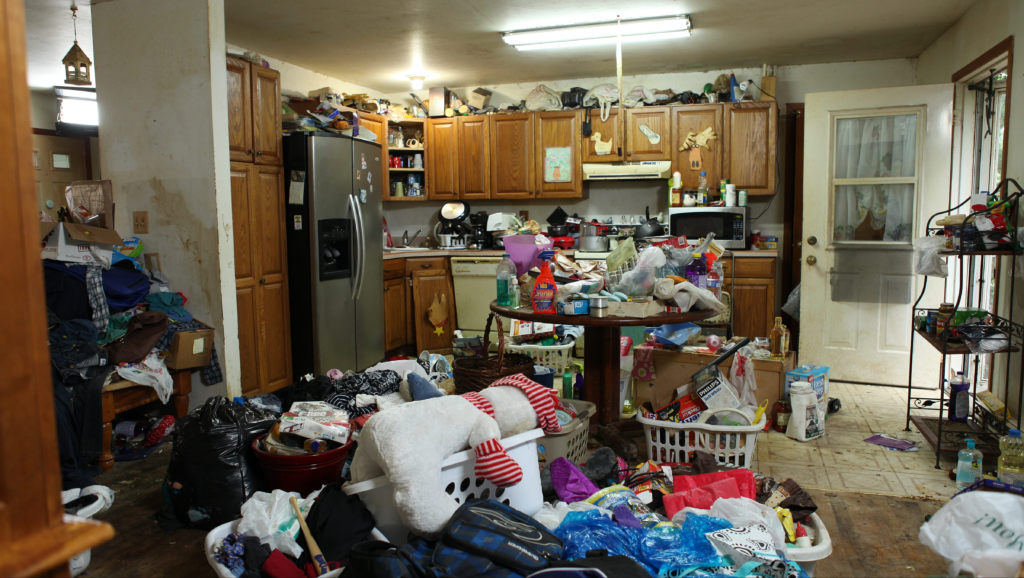As we age, we tend to obtain more and more material things. Some of us can discard items that no longer serve a purpose in our lives, while others will clutter living spaces.
Research has indicated that hoarding, a relatively common disorder among the elderly, gets progressively worse as a person ages. Hoarding disorder tends to affect some five to 14 million people in this country, but this is a very conservative guesstimate. It most often affects older adults from age 55-years-old and up. Dealing with an elder’s hoarding is not something that many family caregivers anticipate.
Some hoarders consider themselves collectors, but according to mental health practitioners, they are not. Collectors seek very particular things like rare coins, books, or stamps. Hoarders are not as discriminating and settle for random, ordinary finds. The acquisition of items for people suffering from the disorder has more to do with obsessive-compulsive behavior, attention-deficit/hyperactivity disorder, and depression.
Achieving a better understanding of why hoarders hoard and learning productive steps you can take to address this behavior will help you minimize hazards in your loved one’s home.
Signs and behaviors
- Difficulty parting with possessions
- Suffers anxiety when attempting to get rid of items
- Unable to categorize or organize accumulated items
- Indecisive about where things go
- Distressed or embarrassed by possessions
- Paranoid of others touching or taking their properties
- Obsessing over running out of an article
- Not coming to grips with the impairment of their living space
Hoarders can also create feelings of anger, resentment, and depression among family members. The disorder can negatively impact their children and affect their social development. It can also lead to divorce, loss of child custody and eventually result in severe financial woes.
Diagnosing hoarders
In order to assess a level of functioning, mental health professionals will, with permission, also speak to friends and family members of the person suffering from the disorder. Besides hoarding, victims will often demonstrate difficulty with decision-making, perfectionism, procrastination, disorganization, and distractibility.
Animal hoarding is yet another leg of this disorder where individuals keep acquiring large numbers of animals, usually held in filthy conditions.
Can you help a hoarder?
How can I help a hoarding friend or family member de-clutter? Attempts by family and friends to help with de-cluttering may not be well received by the person who hoards. It is helpful to keep in mind:
- Until the person is internally motivated to change they may not accept your offer to help.
- Motivation cannot be forced.
- Everyone, including people who hoard, has a right to make choices about their objects and how they live.
- People who hoard are often ambivalent about accepting help and throwing away objects.
- Attempts to “clean out” the homes of people who hoard without treating the underlying problem usually fail. Hoarders whose homes are cleared without their consent often experience extreme distress and may become further attached to their possessions. This may lead to their refusal of future help.
Is there a cure?
Many hoarders do not see anything wrong with their behavior or feel powerless to make changes in their lives. In some cases, cognitive behavioral therapy might change the hoarding behavior in which a patient learns to make decisions about objects and confronts the emotions they feel about them. Antidepressant medication might prove helpful in some cases.
Some professionals prefer to concentrate on harm reduction, i.e., working with hoarders to find solutions for the most dangerous aspects of their condition, like preventing the spread of disease and reducing fire risks, without demanding that the individual stop the hoarding behavior itself.
If you know of someone who suffers from hoarding disorder contact the International OCD Foundation for more information; hoarding.iocdf.org
